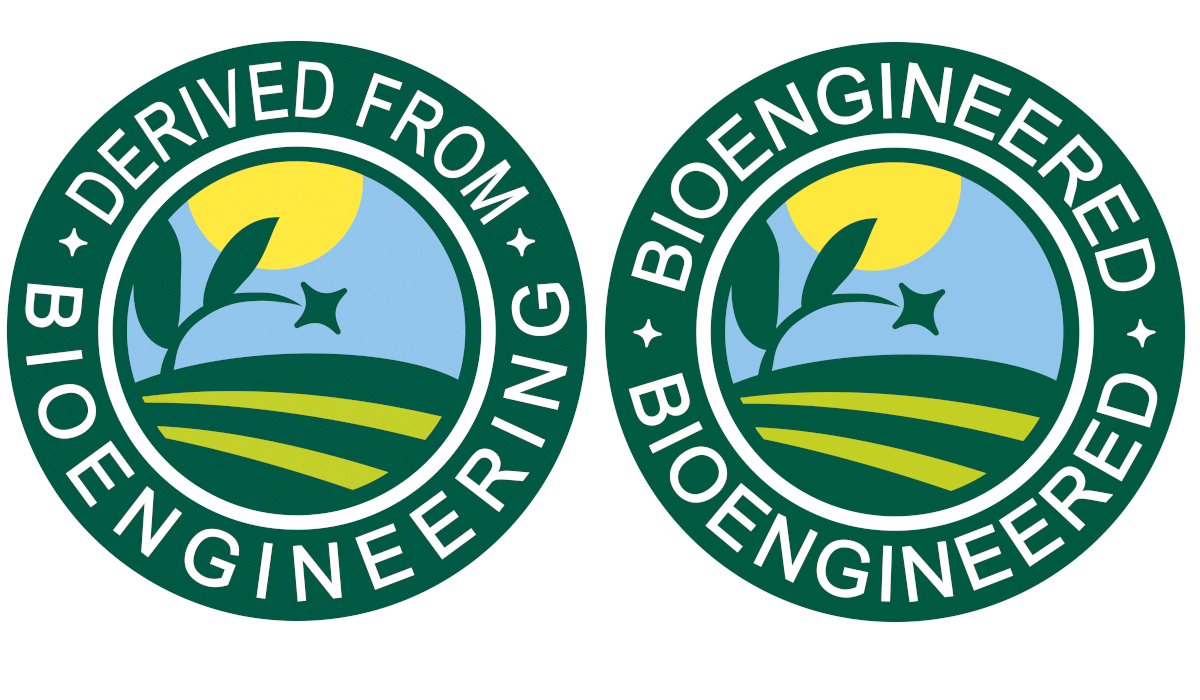Jan. 1, 2020 marked the effective date for labeling food containing detectable genetically modified material—with full compliance required by Jan. 1, 2022. While some companies like General Mills have already begun voluntary labeling, the Department of Agriculture’s new instructions for compliance are not clear to manufacturers and retailers.
The National Bioengineered Food Disclosure Standard defines bioengineered (BE) products; these definitions don’t include highly refined ingredients including vegetable oils, high fructose corn syrup, and other foods in which the altered DNA is undetectable (it’s destroyed during processing). Those products are exempt from disclosure. Manufacturers can use a voluntary label, “derived from bioengineering”, on products containing a highly refined ingredient. Any products known to contain BE ingredients must be disclosed. The ruling allows a “technically unavoidable” amount of up to 5 percent bioengineered product; above that threshold, the product requires the label.
The four ways for product disclosure include: 1) text on the package indicating bioengineered ingredients; 2) use of the graphic logo; 3) QR code (or electronic link); and 4) text or phone number pointing to a site with more information. Most companies will likely use the digital codes, such as SmartLabel, although surveys conclude this method is cumbersome if not impossible for consumers to use.
Exemptions from disclosure include:
- manufacturers with sales less than $2,500,000;
- food service establishments offering immediate food consumption;
- meat and dairy products from animals fed bioengineered products.
Companies are waiting on rules clarification to know whether to disclose or not disclose. The USDA’s Agricultural Marketing Service guidelines will clarify how to verify the accuracy of the refining process to render modified material undetectable, and also how to select testing methods to determine if the product has detectable levels of BE material.
Sources: Agri-Pulse; MSU Extension/Agriculture; KMA Broadcasting
To view source articles, visit:
https://www.canr.msu.edu/news/more-about-the-new-usda-bioengineering-label









